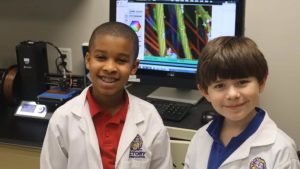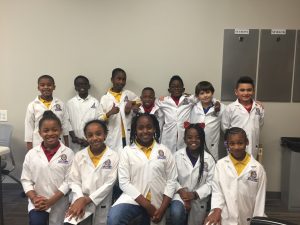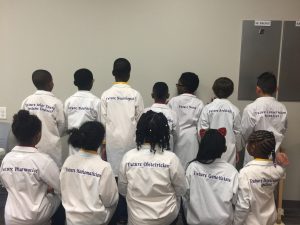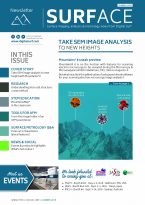Our readers may recall the winners of our 3D printing contest last fall who were none other than the fourth grade class at the Victory World Christian School. We were curious to see how the class was using MountainsMap®, more commonplace in research labs and industry than in the school classroom.

STEM (Science, Technology, Engineering, and Mathematics) is a growing movement in education, in particular in the United States but also around the world. STEM-based learning programs are designed to encourage students’ interest in one day pursuing a career in these fields.
Victory World Christian School (Georgia, USA) is one of those schools providing an advanced STEM educational program to students from a young age.
In the STEM lab, where students are encouraged to participate in a very “hands-on” way, one can find a scanning electron microscope equipped with MountainsMap® software.
Sophia Chin, the school’s STEM coordinator explained to Surface Newsletter that the presence of a SEM in the classroom helps “further develop practical applications with more advanced science equipment by exploring theoretical examinations. These examinations frame a working knowledge, which empowers deeper learning.”
The winning samples in last year’s contest were firstly of an aloe plant sample imaged in a study on the importance of growing healthy plants for people in the community. The second, hot chocolate powder, saw the students investigating characteristics of various different powders.
In another recent experiment, students investigated how bees pollinate plants. After imaging a bumble bee with the scanning electron microscope, MountainsMap® was used to convert the gray-scale image into a color image in order to make visualization of different features easier. Students were able to see spiral shapes on the bee’s legs which helps the pollen adhere to the insect’s body. The final step was to print out a 3D model of the imaged sample.
Well done kids – you are the scientists of tomorrow and almost certainly among the youngest MountainsMap® users!


Browse Surface Newsletter
Surface Newsletter - Summer 2018
